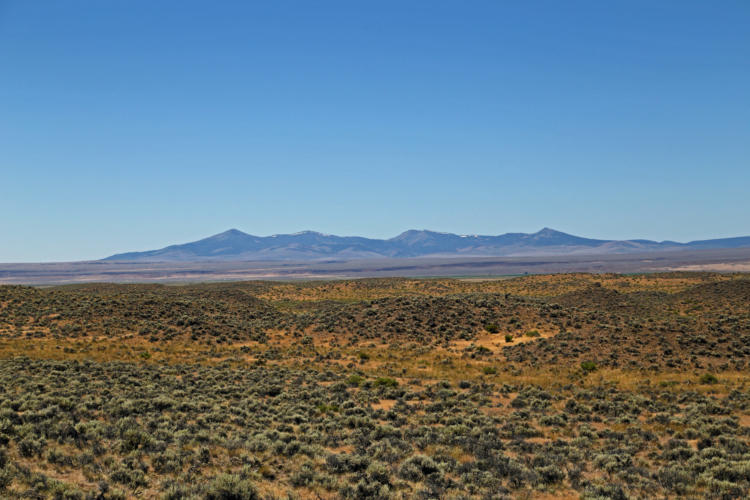
This COA includes portion of Abert Rim Wilderness Study Area, Fish Creek Rim Wilderness Study Area, Lake Abert Area of Critical Environmental Concern, and the Fish Creek Rim Research Natural Area. It encompasses an area between Abert Rim and the Warner Mountains on the western edge to South Warner Rim and Lynches Rim to the east. It extends north to the Coyote Hills and Rabbit Creek, and south to Deep Creek and Big Lake.This COA includes portion of Abert Rim Wilderness Study Area, Fish Creek Rim Wilderness Study Area, Lake Abert Area of Critical Environmental Concern, and the Fish Creek Rim Research Natural Area. It encompasses an area between Abert Rim and the Warner Mountains on the western edge to South Warner Rim and Lynches Rim to the east. It extends north to the Coyote Hills and Rabbit Creek, and south to Deep Creek and Big Lake.
COA ID: 198
Ecoregions

Blue Mountains
Located in NE Oregon, the Blue Mountains ecoregion is the largest ecoregion in the state. It provides a diverse complex of mountain ranges, valleys, and plateaus that extend beyond Oregon into the states of Idaho and Washington.
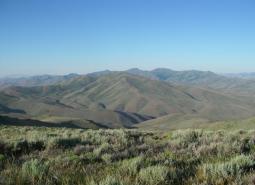
Northern Basin and Range
The Northern Basin and Range ecoregion covers the very large southeastern portion of the state, from Burns south to the Nevada border and from the Christmas Valley east to Idaho. It is largely a high elevation desert-like area dominated by sagebrush communities and habitats.
Strategy Habitats
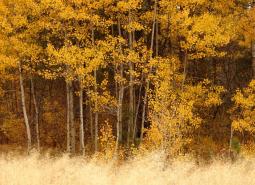
Aspen Woodlands
Aspen woodlands are woodland or forest communities, dominated by aspen trees with a forb, grass, or shrub understory. Aspen woodlands can also occur within conifer forests.
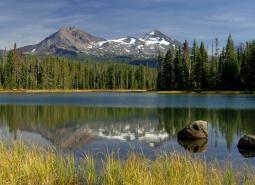
Natural Lakes
Natural lakes are relatively large bodies of freshwater surrounded by land. For the purposes of the Conservation Strategy, natural lakes are defined as standing water bodies larger than 20 acres, including some seasonal lakes.
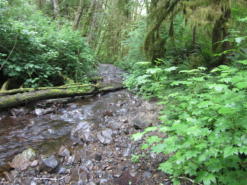
Flowing Water and Riparian Habitats
Flowing Water and Riparian Habitats include all naturally occurring flowing freshwater streams and rivers throughout Oregon as well as the adjacent riparian habitat.

Sagebrush Habitats
Sagebrush habitats include all sagebrush steppe- and shrubland-dominated communities found east of the Cascade Mountains.
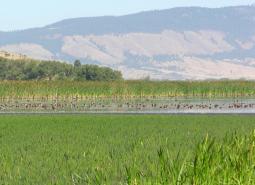
Wetlands
Wetlands are covered with water during all or part of the year. Permanently wet habitats include backwater sloughs, oxbow lakes, and marshes, while seasonally wet habitats include seasonal ponds, vernal pools, and wet prairies.
Strategy Species
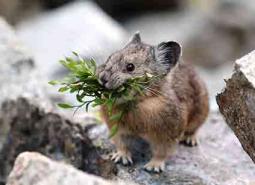
American Pika (Modeled Habitat)
Ochotona princeps
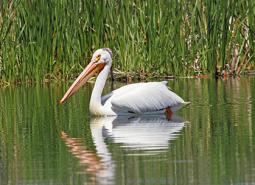
American White Pelican (Observed)
Pelecanus erythrorhynchos
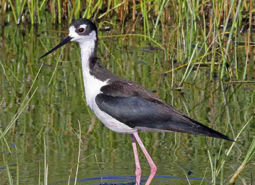
Black-necked Stilt (Observed)
Himantopus mexicanus

Bobolink (Modeled Habitat)
Dolichonyx oryzivorus
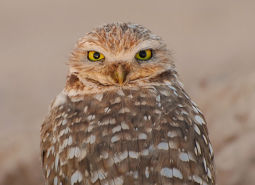
Burrowing Owl (Modeled Habitat)
Athene cunicularia hypugaea
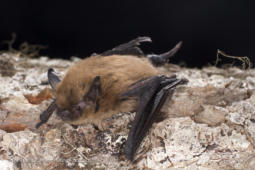
California Myotis (Observed)
Myotis californicus
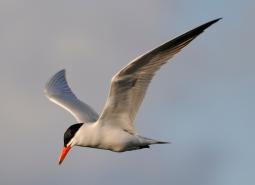
Caspian Tern (Observed)
Hydroprogne caspia
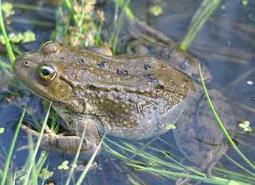
Columbia Spotted Frog (Observed)
Rana luteiventris
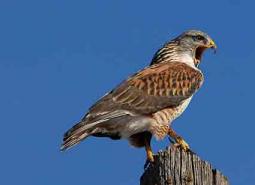
Ferruginous Hawk (Observed)
Buteo regalis
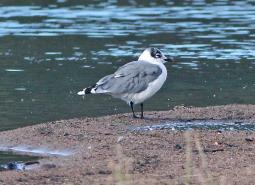
Franklin’s Gull (Observed)
Leucophaeus pipixcan
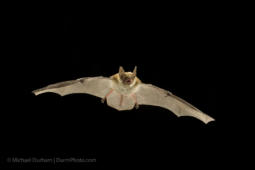
Fringed Myotis (Observed)
Myotis thysanodes
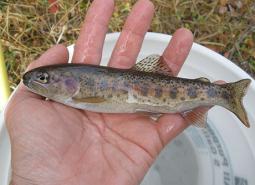
Great Basin Redband Trout (Documented)
Oncorhynchus mykiss newberrii
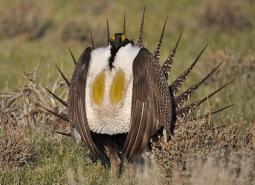
Greater Sage-Grouse (Observed)
Centrocercus urophasianus
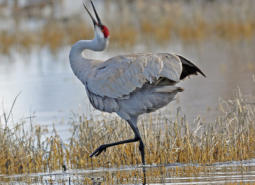
Greater Sandhill Crane (Observed)
Antigone canadensis tabida
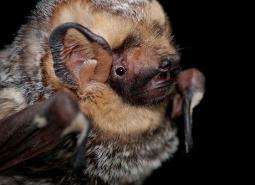
Hoary Bat (Observed)
Lasiurus cinereus
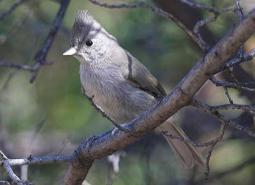
Juniper Titmouse (Observed)
Baeolophus ridgwayi
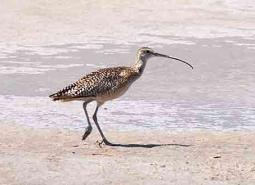
Long-billed Curlew (Observed)
Numenius americanus
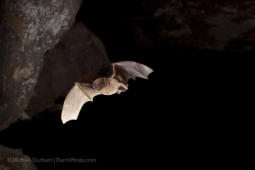
Long-legged Myotis (Observed)
Myotis volans
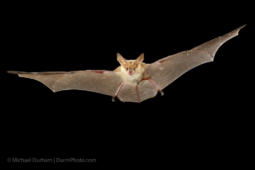
Pallid Bat (Modeled Habitat)
Antrozous pallidus
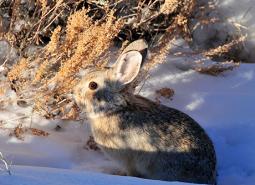
Pygmy Rabbit (Modeled Habitat)
Brachylagus idahoensis
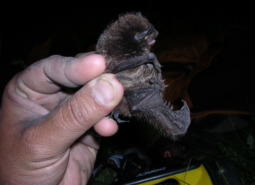
Silver-haired Bat (Observed)
Lasionycteris noctivagans
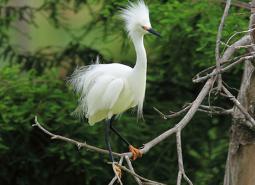
Snowy Egret (Modeled Habitat)
Egretta thula
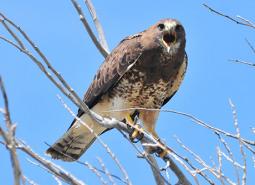
Swainson’s Hawk (Observed)
Buteo swainsoni
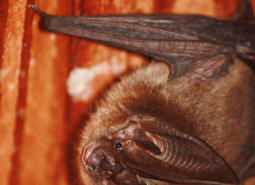
Townsend’s Big-eared Bat (Observed)
Corynorhinus townsendii
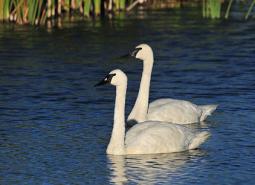
Trumpeter Swan (Observed)
Cygnus buccinator
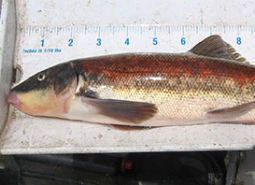
Warner Sucker (Documented)
Catostomus warnerensis
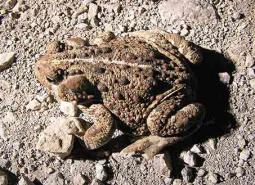
Western Toad (Modeled Habitat)
Anaxyrus boreas
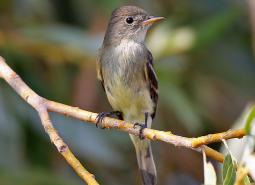
Willow Flycatcher (Observed)
Empidonax traillii